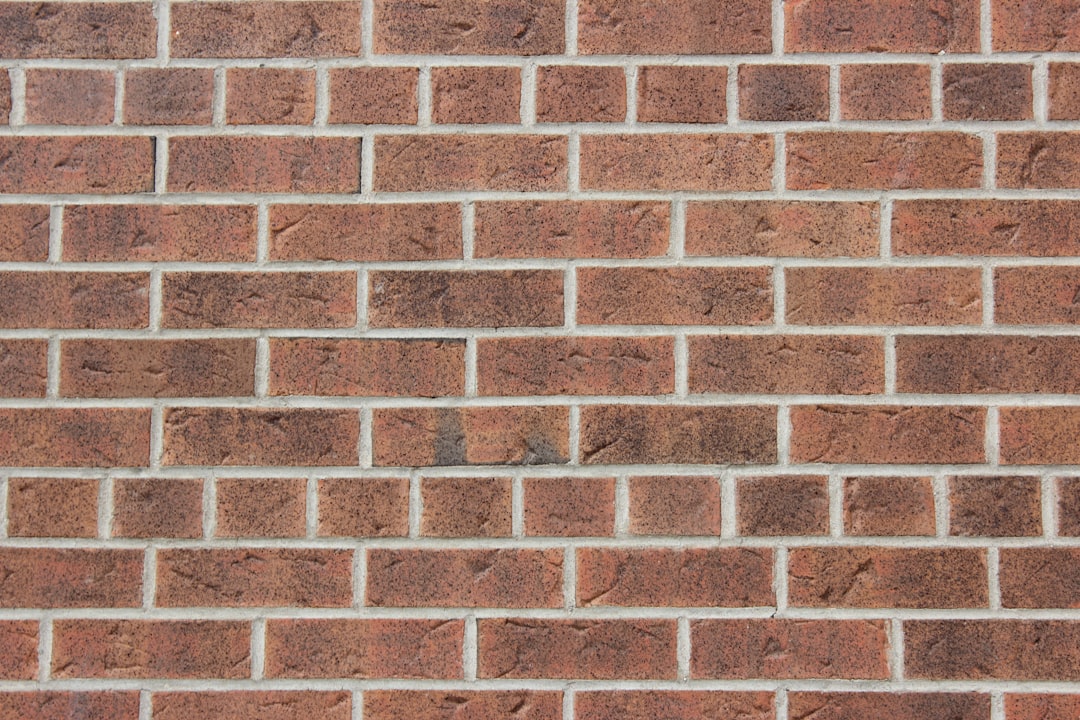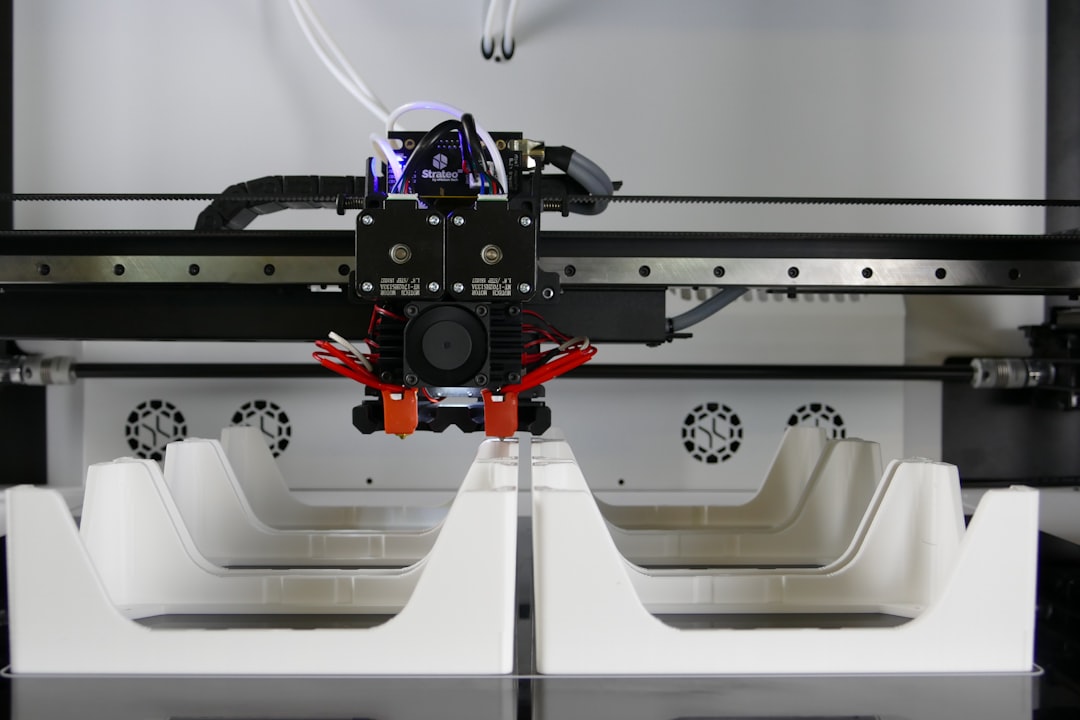What is it about?
This paper presents the results of experimental research on the influence of temperature and strain rate on the microstructure and fracture mechanism of C25 mild commercial steel. This type of material has applicability in the construction of machines domain (for example shafts and gears).
Featured Image

Photo by Shubhesh Aggarwal on Unsplash
Why is it important?
In the paper, there were done the following experimental determinations: hot tensile stress tests were investigated over wide ranges of forming temperature and strain rate; hardness tests and fractographic examination were carried out by scanning electron microscopy. According to the results obtained, the flow stress increases with the strain rates at a constant temperature, because the dynamic recovery and dynamic recrystallization have enough time to complete at a low strain rate. The appearance of necking and its location induces the ductile fracture behavior, the voids were generated by the intercrystalline fracture highlighted by images made with a scanning electron microscope (SEM).
Perspectives
The appearance of necking and its location induced ductile fracture behavior. The voids are generated by the intercrystalline fracture. The fracture evolution observed in the present experiments is similar to that found in other experiments. The internal plastic damage and its inhomogeneity have a significant influence on the localized deformation and mechanical properties of ductile materials. The estimations presented are coincident with the related experimental data. Further research can also involve wider results, the ductile-to-brittle transition, obtained by Charpy's impact, which generally has an absorbed energy that increases with temperature rise. Localized necking and microvoid coalescence under all the deformation conditions induced the ductile fracture of samples. Changes in the plastic behavior of the material may occur at temperatures above 1100 C.
PhD Ioana Monica Sas-Boca
Universitatea Tehnica din Cluj-Napoca
Read the Original
This page is a summary of: Influence of Temperature and Strain Rate on Microstructure and Fracture Mechanism of Mild Steel, Procedia Manufacturing, January 2020, Elsevier,
DOI: 10.1016/j.promfg.2020.05.005.
You can read the full text:
Resources
Contributors
The following have contributed to this page










